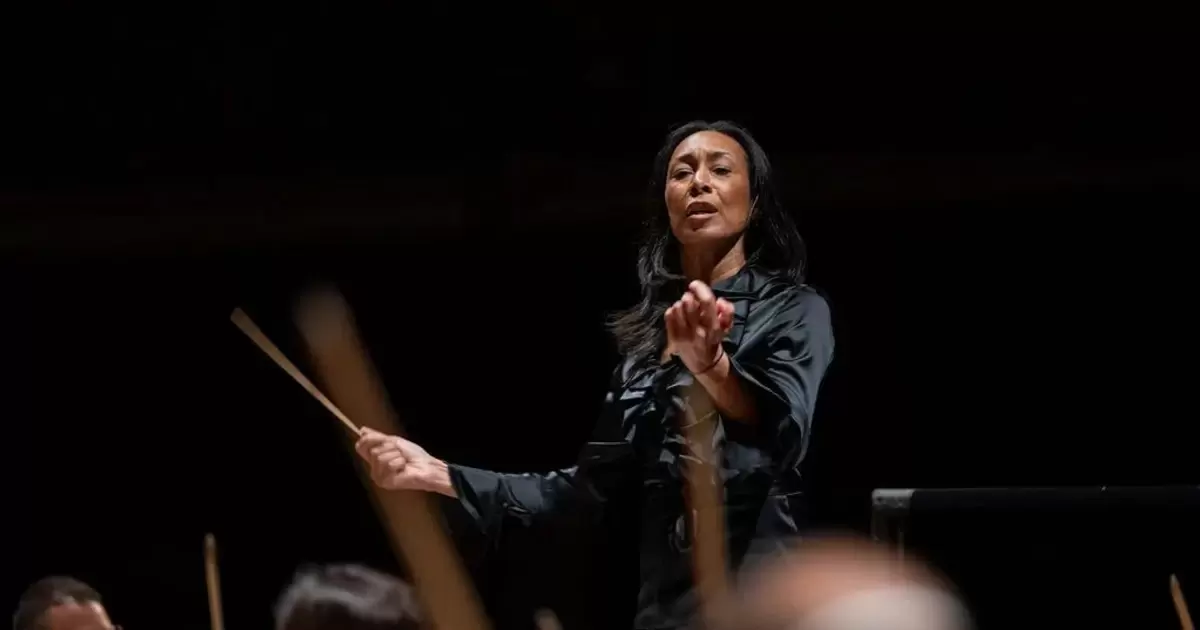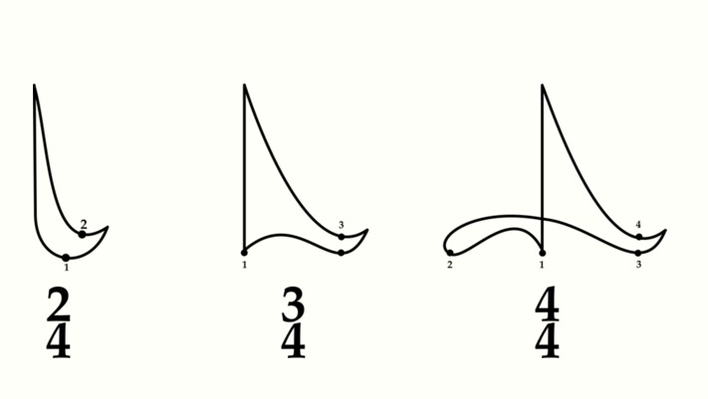|
Conducting can be a tricky business. It’s not only about learning the score, indicating instrumental entrances, or even beating the time. You must be able to understand the people that you’re working with and through that type of understanding of how to approach them whether they are beginners or even professionals, which requires a level of awareness when understanding the ensemble, you’re working with. Throughout my career, I've witnessed many different types of conductors - inspiring ones, angry ones, funny ones, and bad ones, but they all have one thing in common: they have the courage and tenacity to be able to stand in front of a group of people to communicate their ideas using musical gestures. One of the biggest lessons that I learned throughout my own formation is being able to develop the skills and knowledge to make sure that I have the confidence to stand in front of people and express my ideas through my gestures. There are a lot of conductors out there that talk about butterflies and make comparisons of sound to nature. While it may be useful to make these types of associations with younger ensembles, professionals really don’t care. What would they want is: Do you want it louder or softer? In this article, I’ll walk you through a couple of basic beat patterns that will help you be able to get started. Keep in mind, that the most important thing is to make sure that the gesture does not happen in real-time, if that is the case, that means that you’re following the ensemble, not actually leading it. There is a great exercise in anticipating the beat that my old mentor and teacher, Dominique Rouits, from École Normale de Musique taught me. What you would need to do is to turn on the metronome at 60 and conduct ahead of the beat. This is a really great way of being able to not only practice a variety of beat patterns but also be able to integrate the sensation of what one should feel when they are leading the ensemble vs. following them. Basic Conducting Patterns If you look at each of these patterns, it is straightforward. The numbers indicate where the beats should occur. What’s useful is if you use different rhythmic exercises to try these patterns out. If you’re just starting, I would recommend the Logical Approach to Rhythmic Notation as it contains a series of exercises and patterns that allows for a gradual progression. After you’ve completed that and are up for a challenge, I would then recommend Robert Starer’s Rhythmic Training for more advanced studies in rhythm. As you become comfortable with the different basic patterns in conducting, then you can also work on conducting their respective subdivisions. Score Study This is something that is also important to develop because it is important to develop a method of how to approach a score and in finding effective ways to learn all the voices and hear them at the same time through silence. One of the texts I recommend is Frank Battisti’s Guide to Score Study for the Wind Band Conductor. I found this text extremely effective when I first started learning how to study instrumental scores that use examples from the wind band literature. I also found Gustav Meier’s The Score, The Orchestra, and The Conductor a valuable resource on how to approach score reading and the ensemble. If you’re looking for something that is more comprehensive that is useful not only for conductors but instrumentalists, is Christopher Adey’s Orchestral Performance: A Guide for Conductors and Players. However, the most important thing is being able to develop a method that works for you. We all have different learning styles and approaches to music, and it is important to realize those. These are a couple of steps that I take when I approach a score that has worked for me:
There is a large amount of literature that exists on these different approaches, but the most important thing is to be able to learn as much as you can. I’ve found Leonard Bernstein’s Young People’s Concert Series inspiring along with being able to read as much literature as I can and being able to share as much as I can with my students. While conducting ensembles can be a tricky business, the most important is being able to start somewhere, no matter where you are in your formation, to be able to try something new, and to be brave. The more familiar you are with the score, the more confident you will be as a conductor. Ready to start your music adventure? Let's learn how to read and conduct rhythms together! Join us for some fun rhythmic exercises and learn how to read music like a pro. Schedule a free consultation with us and let's make music together!
0 Comments
Leave a Reply. |
AuthorWrite something about yourself. No need to be fancy, just an overview. Archives
June 2024
Categories
All
|
Music & Language Learning Center |
Music Classes |
Language Classes |
MUSIC AND LANGUAGE LEARNING CENTER 2024




 RSS Feed
RSS Feed

